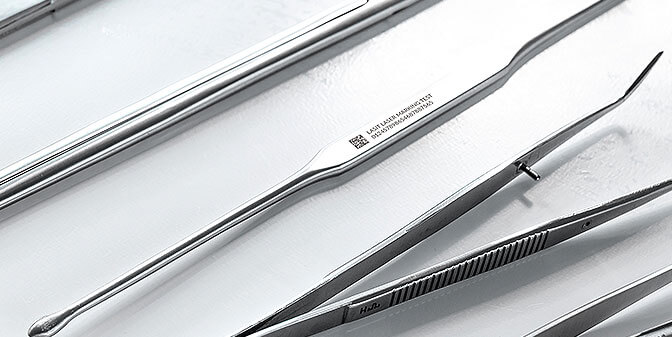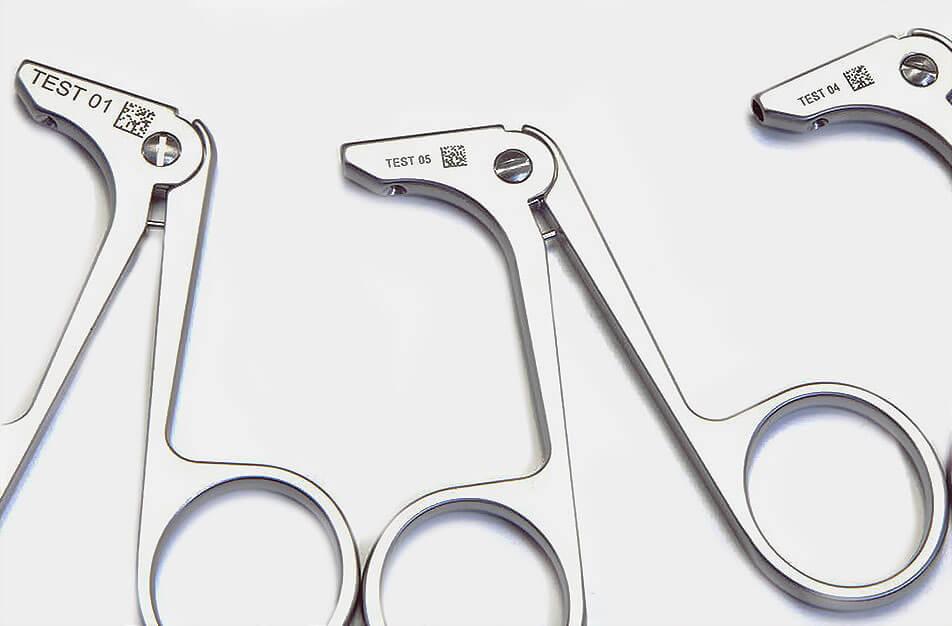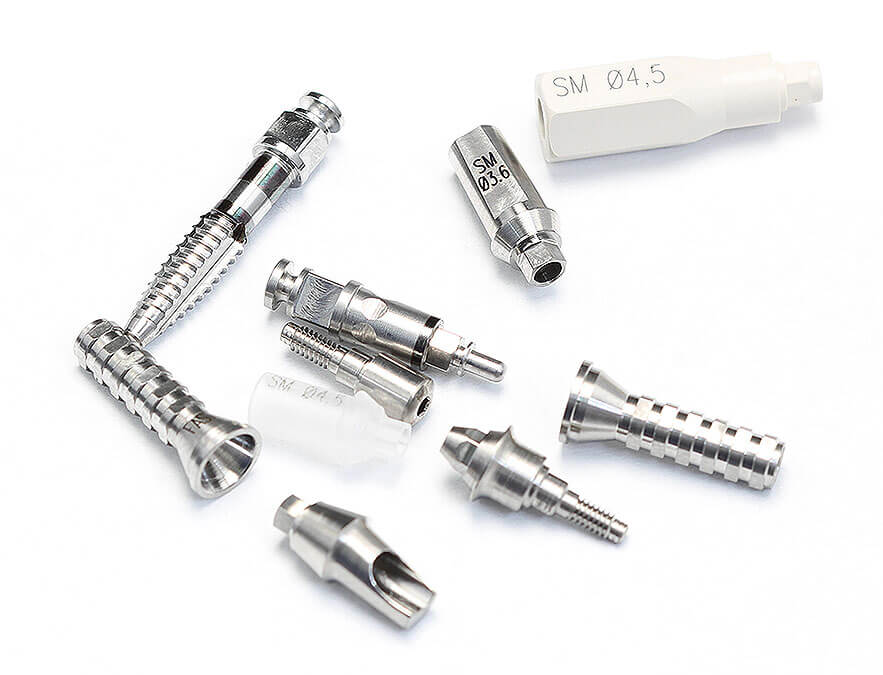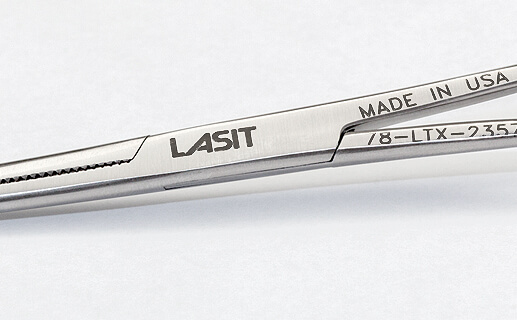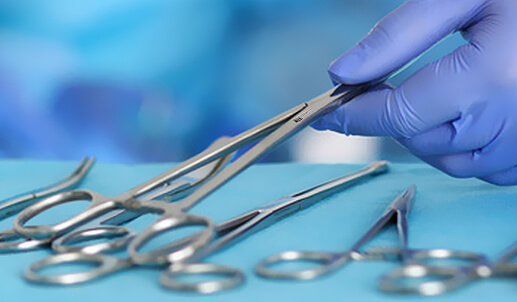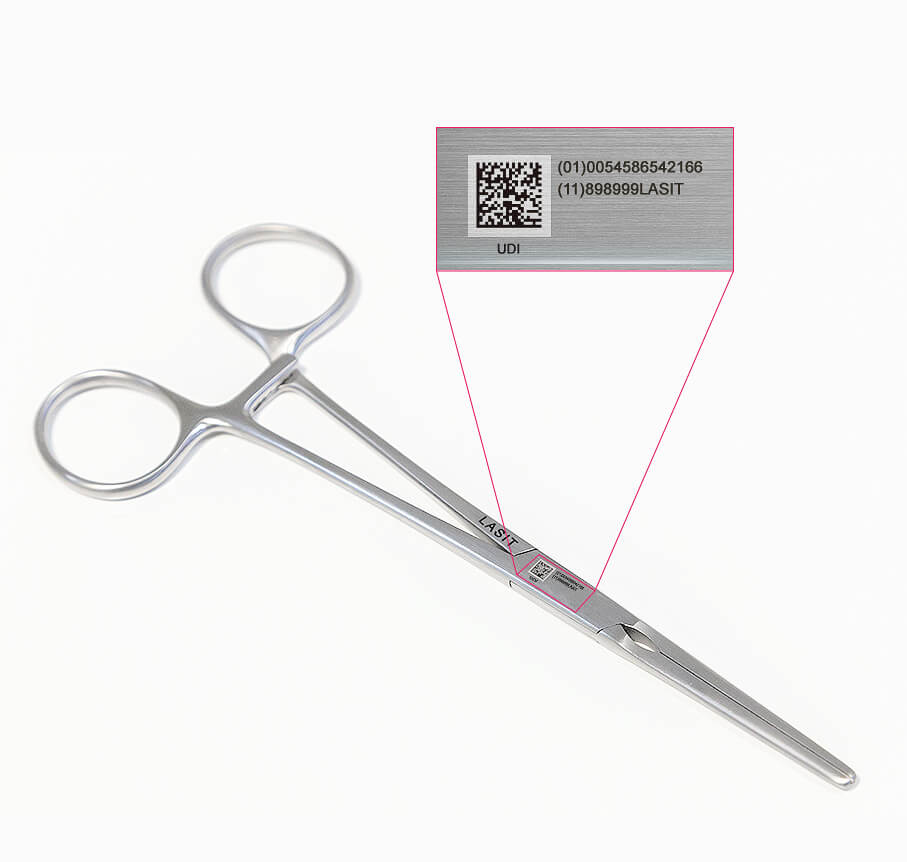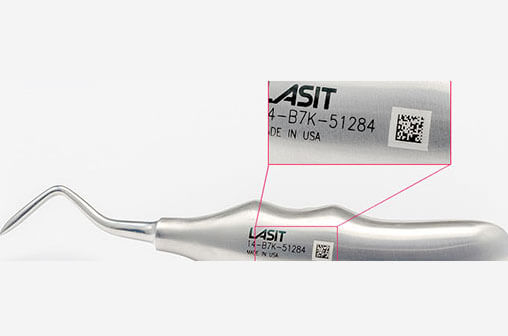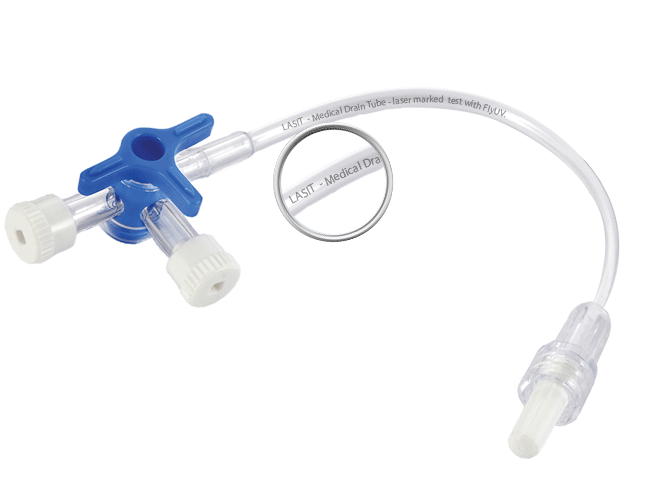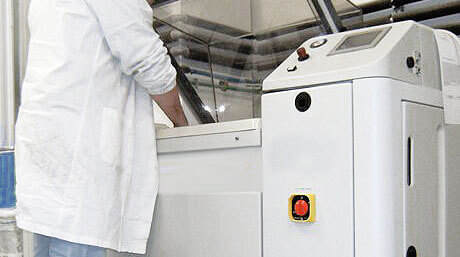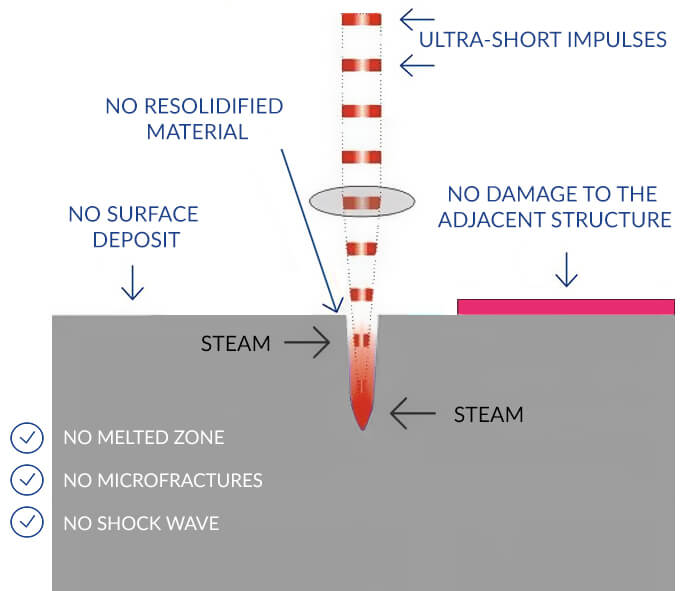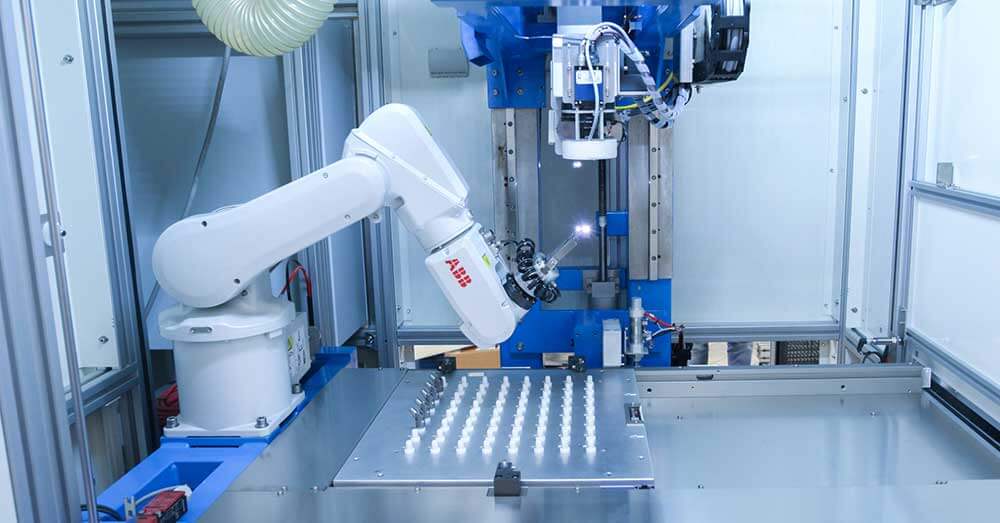"We’ve chosen LASIT a few years ago and we are so happy with the laser marking machines->home we use. Their customer services is always available. The high quality of their components makes this supplier a great partner for our company."
Mirko CalviProduction Specialist BREMBO
"I came across LASIT about 9 years ago and since then I have kept collaborating with them to develop new machines to add to our production processes. We still collaborate with LASIT because of the quality, reliability, and automations of their products. Behind a product there is a successful company where people are eager to take on new challenges."
Andrea de Danieli Engineering ManagerMANFROTTO
"I can only speak wonders about them. I had a problem with a laser installed on the equipment, which we solved brilliantly, thanks to their indications. Despite the fact that I didn’t monitor this system personally, their indications were so clear that it all went pretty smoothly."
Franco ToffoloProduct Manager ELECTROLUX
"The technical system of Lasit machines is perfect for use on Automotive components. Support of our qualified Lasit team comes with each specific machine"
Ricardo Benjamin MartinezMechanical Engineer AMERICAN AXLE & MANUFACTURING
"We met LASIT when he was still little more than a small craftsman; we have lived with LASIT its path of exponential growth in a few years and appreciated the great capacity for transformation, innovation and proposal of "ad hoc" solutions for the customer."
Gabriele RavelliSenior Purchasing Manager BERETTA
Previous
Next

